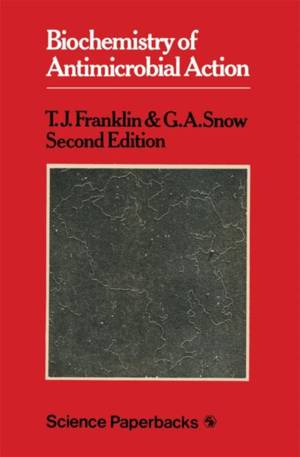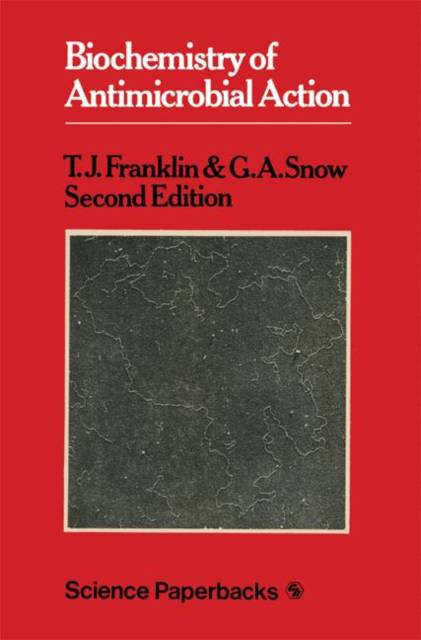
- Afhalen na 1 uur in een winkel met voorraad
- Gratis thuislevering in België vanaf € 30
- Ruim aanbod met 7 miljoen producten
- Afhalen na 1 uur in een winkel met voorraad
- Gratis thuislevering in België vanaf € 30
- Ruim aanbod met 7 miljoen producten
Zoeken
Omschrijving
The rapid advances made in the study of the synthesis, structure and function of biological macromolecules in the last fifteen years have enabled scientists concerned with antimicrobial agents to achieve a considerable measure of understanding of how these substances inhibit cell growth and division. The use of antimicrobial agents as highly specific inhibitors has in turn substantially assisted the investigation of complex biochemical processes. The literature in this field is so extensive however, that we considered an attempt should be made to draw together in an introductory book the more significant studies of recent years. This book, which is in fact based on lecture courses given by us to undergraduates at Liverpool and Manchester Universities, is therefore intended as an introduction to the biochemistry of antimicrobial action for advanced students in many disciplines. We hope that it may also be useful to established scientists who are new to this area of research. The book is concerned with a discussion of medically important antimicrobial compounds and also a number of agents that, although having no medical uses, have proved invaluable as research tools in biochemistry. Our aim has been to present the available information in a simple and readable way, emphasizing the established facts rather than more controversial material. Whenever possible, however, we have indicated the gaps in the present knowledge of the subject where further information is required.
Specificaties
Betrokkenen
- Auteur(s):
- Uitgeverij:
Inhoud
- Aantal bladzijden:
- 224
- Taal:
- Engels
- Reeks:
Eigenschappen
- Productcode (EAN):
- 9780412129100
- Verschijningsdatum:
- 1/01/1975
- Uitvoering:
- Paperback
- Formaat:
- Trade paperback (VS)
- Afmetingen:
- 156 mm x 234 mm
- Gewicht:
- 340 g

Alleen bij Standaard Boekhandel
+ 213 punten op je klantenkaart van Standaard Boekhandel
Beoordelingen
We publiceren alleen reviews die voldoen aan de voorwaarden voor reviews. Bekijk onze voorwaarden voor reviews.











